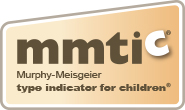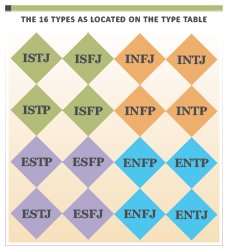Sensing Learners: Type Tip #8
Young Sensing learners typically enjoy multiple examples to prove a point or solidify a concept. The multiple examples are not so much for comprehension as they are for confirmation. They may have understood what was taught the first time but the additional examples confirm that they understood accurately. Teachers can tell their class that some students like only one or two examples and others like more, even 5 or 6 examples. If they only like a few examples they can appreciate that the additional examples are for friends in the class. Our experience is that most students do not mind if they know the reason for the additional examples. Otherwise they assume others are like them and ready to move on or even are bored by the repeating examples.



_thumb.png)














